Remember when September meant more than just pumpkin spice everything? For those of us who walked to school uphill both ways (okay, maybe not literally), the start of the school year brought a symphony of sights, sounds, and smells that today’s kids will never experience. From the intoxicating aroma of fresh mimeograph copies to the satisfying clank of a metal lunchbox, these sensory memories transport us back to simpler times when a new box of crayons felt like Christmas morning and getting picked first for dodgeball was the ultimate social victory.
1. The Sweet Scent of Mimeograph Magic
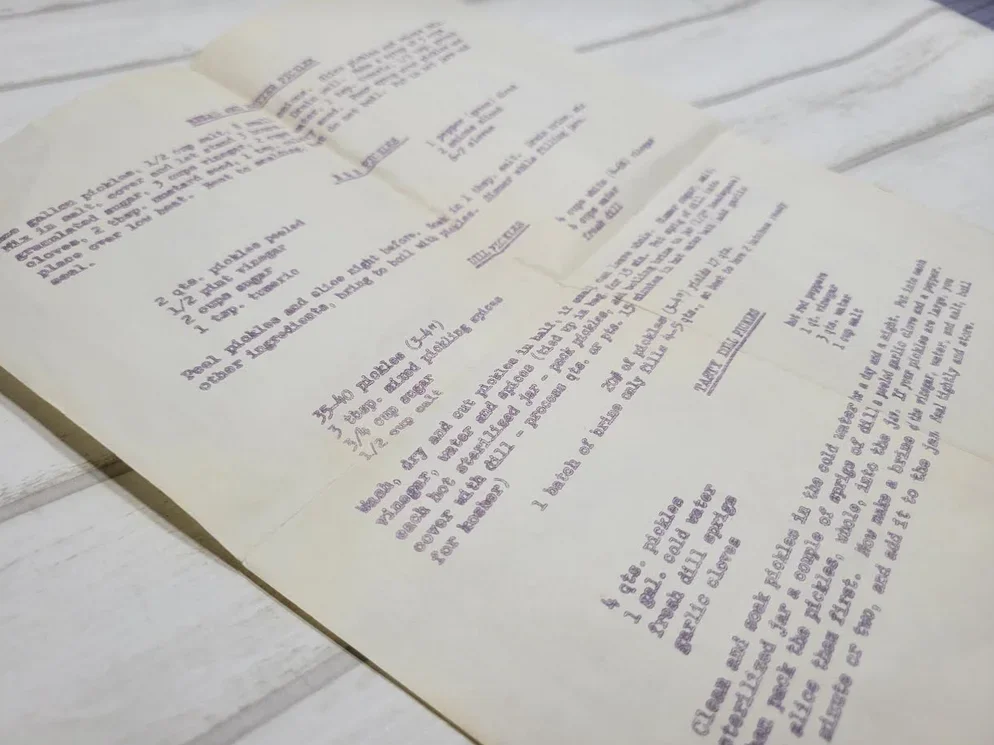
Nothing quite compared to the moment Mrs. Henderson handed out those still-damp purple worksheets, their chemical smell wafting through the classroom like some kind of educational perfume. We’d hold those papers close to our faces, inhaling deeply as if we were wine connoisseurs appreciating a fine vintage. The mimeograph machine was the classroom’s magical duplicator, churning out copies with that distinctive blue-purple ink that would stain your fingers if you weren’t careful.
Teachers would crank out worksheets by the dozens on those temperamental machines, often resulting in copies that were either too light to read or so dark they looked like abstract art. The lucky kids got the crisp, clear copies while the rest of us squinted at faded purple smudges, trying to decipher math problems that looked more like hieroglyphics. But somehow, that sweet chemical smell made even the most boring worksheet seem special, like it contained secrets from another world.
2. The Battle Cry of the Metal Lunchbox

Your lunchbox wasn’t just a food container – it was a statement piece, a conversation starter, and occasionally a weapon in the great cafeteria food fights. The metallic clang as dozens of lunchboxes hit the lunch tables created a percussion symphony that announced mealtime had officially begun. Whether you carried The Partridge Family, Scooby-Doo, or plain old American Tourister, your lunchbox said everything about who you were in the elementary school social hierarchy.
Inside that metal fortress, your sandwich was squished flat by morning recess, your apple had mysterious bruises, and your Thermos of milk had somehow transformed into a science experiment. But the real treasure was always the dessert – a Twinkie, a package of Hostess cupcakes, or if you were really lucky, homemade cookies wrapped in wax paper. The sound of that latch clicking open was like opening a treasure chest, even if the treasure was usually a peanut butter and jelly sandwich that had seen better days.
3. The Chalk Dust Chronicles
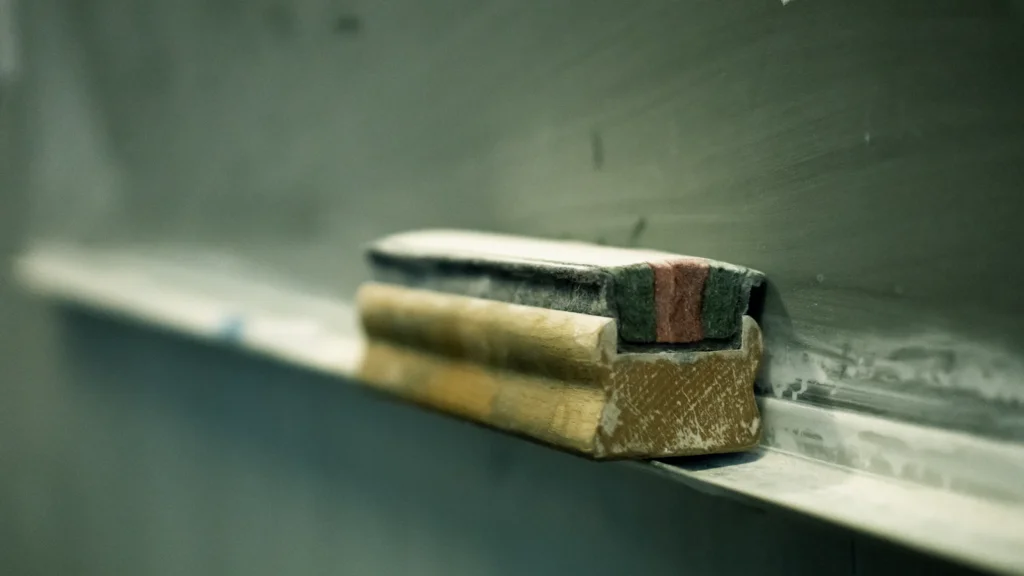
Every classroom had its own ecosystem of chalk dust floating through the air like tiny snowflakes, creating an atmosphere that would probably require hazmat suits by today’s standards. Teachers wielded those sticks of chalk like magic wands, creating lessons on blackboards that squeaked and screeched with every letter. The smell of chalk mixed with the metallic scent of the blackboard created an aroma that was unmistakably “school” – a fragrance no candle company has ever tried to replicate.
The erasers were weapons of mass destruction in the wrong hands, capable of creating dust clouds that would make the Sahara jealous. Clapping erasers was both a punishment and a privilege, depending on whether you were the one doing the clapping or the one choking on the resulting dust storm. We’d watch in fascination as sunbeams streaming through classroom windows revealed the chalk dust dancing in the air, completely unaware we were probably inhaling enough calcium carbonate to build our own sidewalk.
4. The Morning Bell’s Call to Order
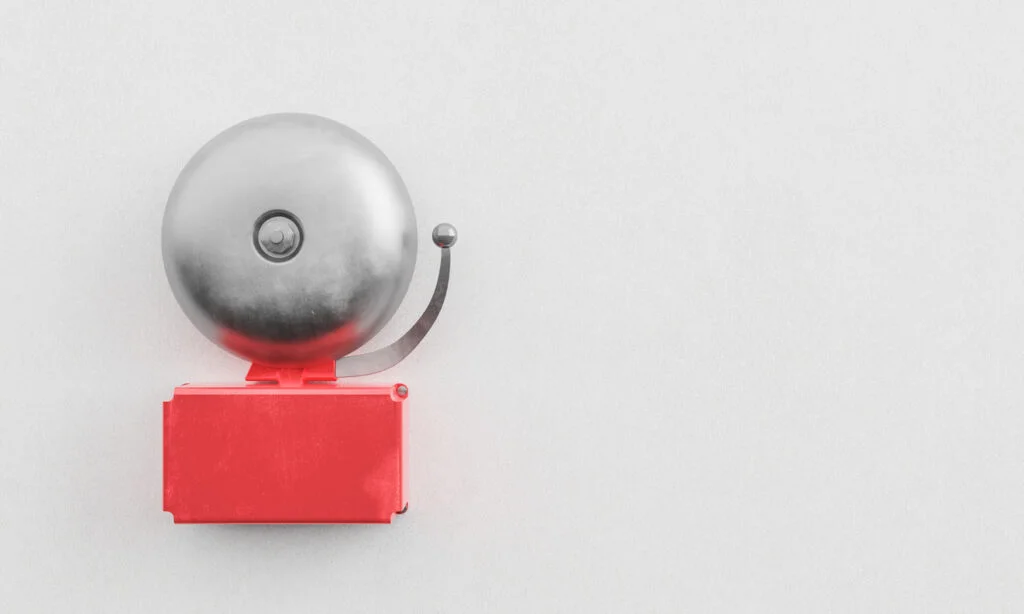
That first school bell wasn’t just a sound – it was a declaration of war against summer freedom, ringing out across the schoolyard like a medieval town crier announcing the end of fun. The mad dash from the playground to the classroom door was an Olympic event, complete with pushing, shoving, and the occasional scraped knee on the asphalt. Teachers stood in doorways like crossing guards, herding their flocks of students into neat, single-file lines that would dissolve into chaos the moment they crossed the threshold.
The bell system was our master, dictating when we could eat, when we could play, and when we had to sit still and pretend to pay attention to long division. Each ring carried its own meaning: the warning bell that meant recess was almost over, the lunch bell that triggered a stampede toward the cafeteria, and the final bell that meant freedom for another day. We learned to live our lives in 50-minute increments, our biological clocks synchronized to that mechanical timekeeper that ruled our scholastic universe.
5. The Pencil Sharpener’s Daily Grind
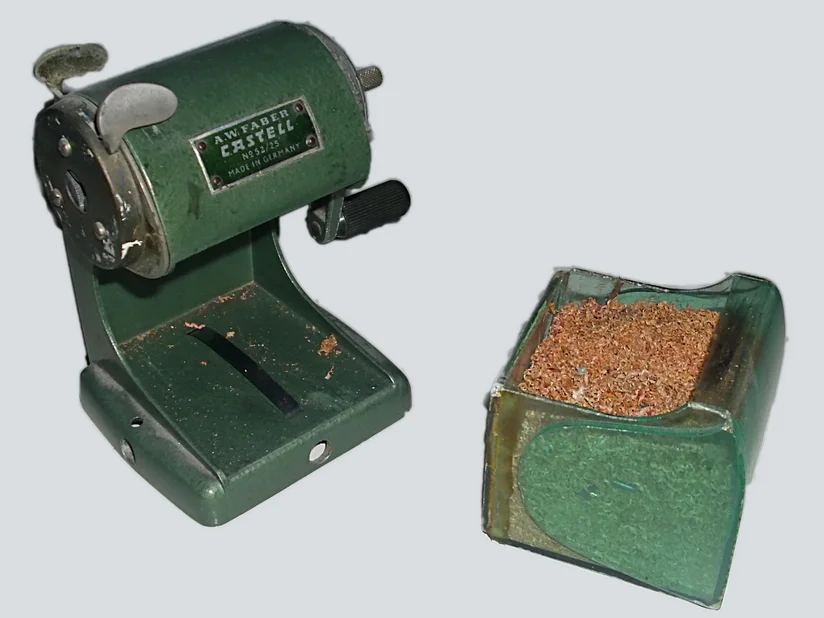
The manual pencil sharpener mounted on the classroom wall was both a marvel of engineering and a source of endless procrastination opportunities. The grinding, whirring sound it made as you cranked the handle was oddly satisfying, like a tiny industrial machine creating the perfect writing implement. There was an art to pencil sharpening – too little and your pencil remained dull and useless, too much and you’d whittle it down to a yellow stub that couldn’t write its own name.
The pencil sharpener became the classroom’s social hub, where kids would gather under the pretense of maintaining their writing tools while actually gossiping about who liked who and who got in trouble during math. Teachers knew exactly what was happening but allowed it because even they understood that sometimes you needed a break from the monotony of multiplication tables. The wooden shavings would pile up in the little metal tray like aromatic confetti, and someone always got the dubious honor of emptying it at the end of the day.
6. The Library Card Catalog Adventure
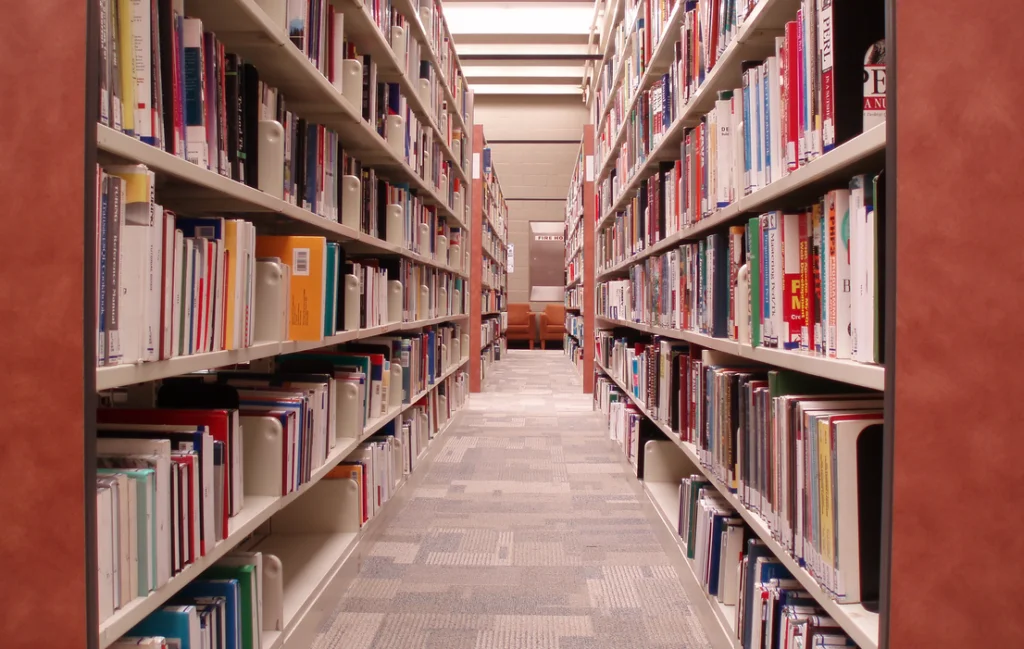
Before Google existed, there was the card catalog – a wooden fortress of tiny drawers filled with index cards that held the secrets to finding any book in the library. The satisfying slide of those narrow drawers and the flutter of cards as you searched for the perfect book created a tactile experience that today’s point-and-click generation will never know. Each card was typed on an actual typewriter, complete with occasional typos and correction fluid that made some entries look like they’d survived a small explosion.
The Dewey Decimal System was our GPS for navigating the literary landscape, though most of us never quite mastered its mysterious numerical code. We’d flip through those cards with the determination of detectives, searching for books about horses, mysteries, or anything that might help us write that book report we’d been putting off for three weeks. The musty smell of old cards mixed with the leather and wood of the catalog drawers created an aroma that was uniquely “library” – a scent that made even the most reluctant readers feel like scholars.
7. The Overhead Projector’s Bright Stage
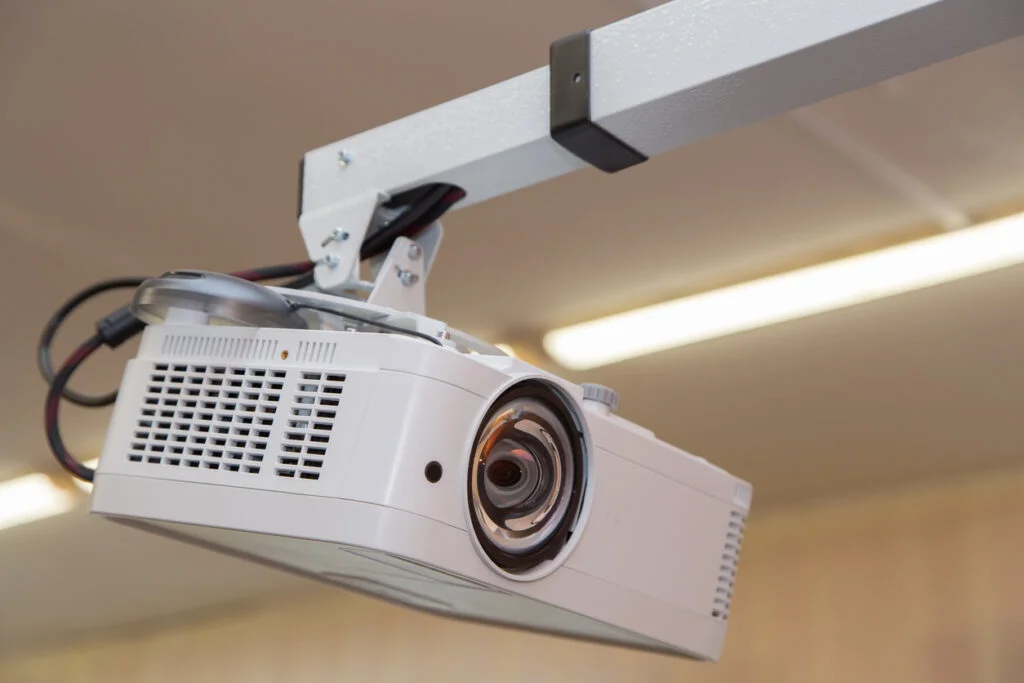
The overhead projector was the classroom’s version of Hollywood magic, transforming ordinary transparencies into larger-than-life educational experiences projected onto the pull-down screen. Teachers would fumble with those clear plastic sheets, accidentally putting them on upside down or backwards, creating temporary confusion that always resulted in nervous giggles from the audience. The projector’s fan hummed constantly, providing white noise that was somehow both soothing and hypnotic during particularly boring lessons.
The real excitement came when teachers would write directly on the transparency with special markers, their handwriting magnified to enormous proportions on the screen. We’d watch in fascination as giant letters appeared, sometimes accompanied by the teacher’s magnified hand gestures that looked like shadow puppets. The projector bulb was always burning out at the worst possible moments, usually right in the middle of an important lesson, leaving teachers to frantically search for replacement bulbs while we sat in grateful darkness, temporarily reprieved from learning about the Revolutionary War.
8. The Cafeteria’s Culinary Adventures

School cafeteria food was its own special category of cuisine – not quite home cooking, not quite restaurant fare, but something uniquely institutional that somehow managed to be both terrible and oddly comforting at the same time. The lunch ladies, armed with hairnets and serving spoons the size of small shovels, doled out portions of mystery meat, vegetables that had been boiled into submission, and desserts that defied both gravity and good taste. The smell of industrial-strength green beans mixed with disinfectant created an aroma that was unmistakably “school lunch.”
Cafeteria trays were aluminum works of art, with perfectly designed compartments that kept your corn from touching your mashed potatoes, though the gravy always managed to escape and contaminate everything anyway. The social dynamics of the lunchroom were more complex than the United Nations, with invisible boundaries between tables that determined your place in the elementary school food chain. Trading lunch items was a sophisticated bartering system where a bag of chips could be worth two cookies, and a chocolate milk was currency more valuable than actual money.
9. The Playground Politics of Recess

Recess wasn’t just free time – it was a complex social laboratory where alliances were formed, hearts were broken, and the pecking order was established through a series of playground games that would make corporate team-building exercises look like child’s play. The monkey bars separated the strong from the weak, the tetherball pole became a battleground for supremacy, and the swings were prime real estate that required strategic timing to claim. Four square courts were drawn in chalk like sacred geometry, their rules more complex than international law and twice as hotly debated.
Jump rope wasn’t just exercise – it was performance art, with intricate rhymes and rope-turning techniques that required the coordination of a Swiss watch and the timing of a Broadway chorus line. The playground supervisors, usually teachers pulling extra duty, watched over us like benevolent guards, breaking up fights over whose turn it was on the slide and mediating disputes that seemed earth-shattering at the time but would be forgotten by math class. The asphalt was unforgiving, the equipment was questionably safe by today’s standards, but somehow we survived to tell the tale, complete with scraped knees and bruised egos that healed by dinnertime.
10. The Art Room’s Creative Chaos
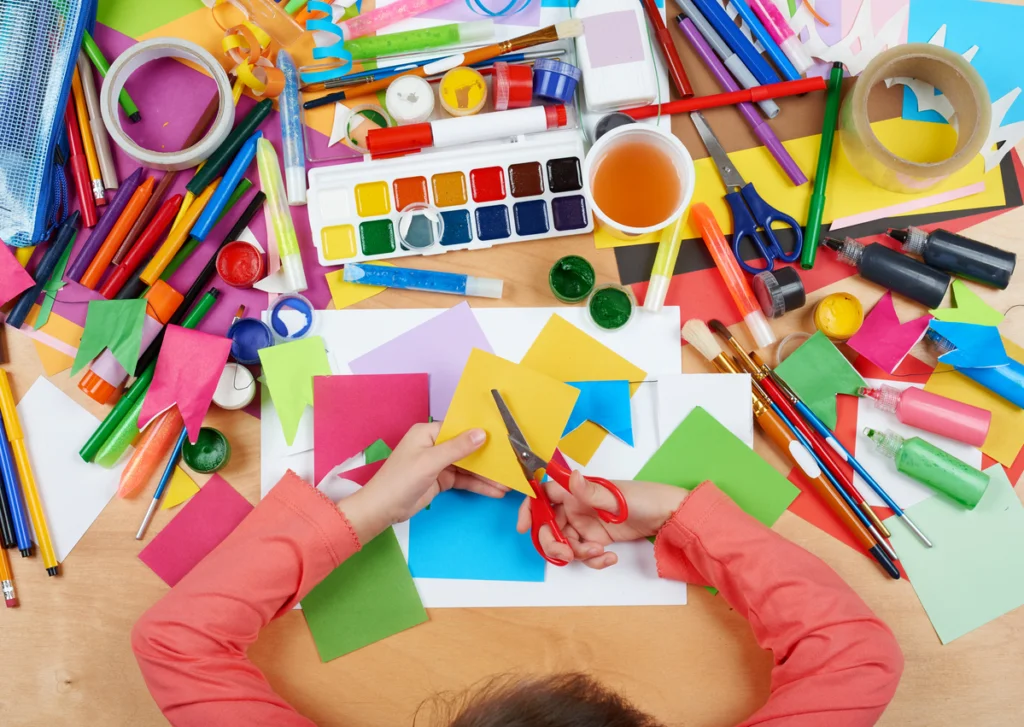
The art room was a sensory explosion where the smell of tempera paint mixed with paste created an aroma that was somehow both nauseating and exciting at the same time. Giant jars of poster paint in primary colors lined the shelves like a rainbow pharmacy, while brushes of every size stood at attention in coffee cans filled with murky water that gradually turned the color of mud. Construction paper was cut with scissors that were either impossibly dull or dangerously sharp, with no middle ground between the two extremes.
Finger painting was less about creating art and more about seeing how many colors you could get on your clothes before the teacher noticed you’d abandoned your paper entirely. The art teacher, usually the most free-spirited person in the building, would encourage creativity while simultaneously trying to prevent us from eating the paste or using paintbrushes as swords. Projects would dry on long tables covered with newspaper, creating a gallery of masterpieces that would eventually make their way home, where parents would display them on refrigerators with the pride typically reserved for actual museum pieces.
11. The Science Class Laboratory of Wonder

Science class was where everyday objects became magical instruments of discovery, and baking soda mixed with vinegar created volcanic eruptions that could power our imaginations for weeks. The science teacher’s desk was a treasure trove of mysterious specimens floating in jars, rocks that looked like they’d been collected from Mars, and equipment that seemed more appropriate for a mad scientist’s laboratory than an elementary classroom. The smell of formaldehyde from preserved specimens mixed with the metallic scent of microscopes created an atmosphere that whispered of important discoveries waiting to be made.
Microscopes were portals to invisible worlds where drops of pond water revealed entire civilizations of tiny creatures swimming around like microscopic cities. We’d take turns peering through the eyepiece, adjusting the focus knobs with the precision of NASA engineers, gasping in amazement at paramecia and amoebas that looked like alien life forms. The periodic table hanging on the wall was like a secret code that promised to unlock the mysteries of the universe, though most of us were more interested in finding the elements that spelled out funny words than understanding their atomic properties.
12. The End-of-Day Freedom March
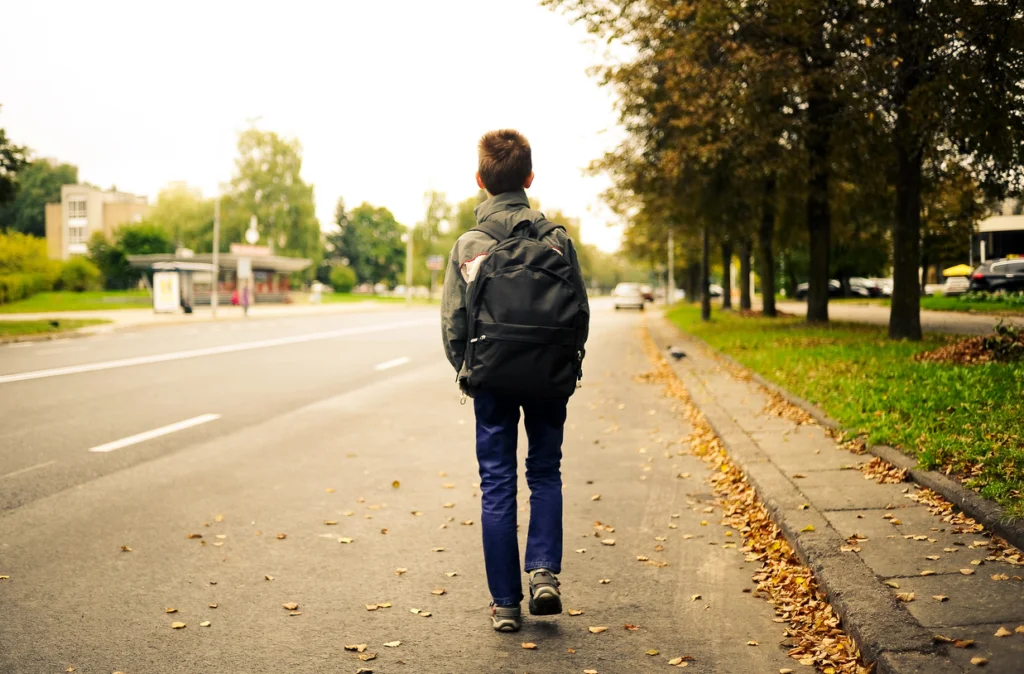
The final bell of the day wasn’t just a sound – it was a liberation anthem that triggered a mass exodus rivaling the running of the bulls, except with more backpacks and fewer horns. Teachers would shout last-minute reminders about homework and permission slips over the thunderous noise of chairs scraping against linoleum and papers being shoved into desks. The hallways became rivers of small humanity flowing toward the exits, carried along by the collective momentum of 500 kids who had been sitting still for six hours and were ready to explode into the afternoon sunshine.
Bus riders formed lines with the precision of army platoons, each group knowing exactly which yellow chariot would carry them home to freedom and after-school snacks. Walkers burst through the doors like prison escapees, their voices rising in a cacophony of excitement as they planned their afternoon adventures. The crossing guards took their positions like generals preparing for battle, their stop signs and whistles the only things standing between chaos and the safe passage of children across busy streets.
Those were the days when school was a complete sensory experience, when learning came with its own soundtrack of chalk on blackboards, its own perfume of mimeograph ink and paste, and its own theater of playground drama and cafeteria comedy. Today’s students may have shinier technology and safer playgrounds, but they’ll never know the simple joy of a perfectly sharpened pencil or the anticipation that came with the teacher pulling down that mysterious map that covered the blackboard. We were the last generation to experience school in all its analog glory, and while we may complain about walking uphill both ways, deep down we know we were part of something special – a time when education was hands-on, hearts-open, and wonderfully, chaotically human.
This story The Smell of Mimeograph Ink and the Rattle of a Lunchbox Meant School Was Officially in Session was first published on Takes Me Back.


